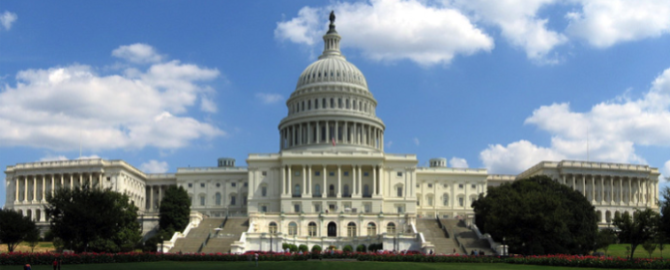On August 2, 2012, Congress voiced the sentiment of the American business owner by introducing major tax incentive legislation. The Family and Business Tax Cut Certainty Act of 2012 is bipartisan legislation extending dozens of tax- cuts that have expired or are scheduled to expire at the end of this year. This is the best news possible for millions of companies across the nation.
Highlights of the Bill
- Renewal of the Section 41 Research & Development Tax Credit
- Reinstatement of Hiring Incentives / Worker Opportunity Tax Credits
- Updated Alternative Minimum Tax (AMT) relief
- Property Cost Allocation Extensions – Qualified Leasehold Improvements
- Updated Alternative Minimum Tax (AMT) relief
- Energy Incentives
Research and Development Credit
The bill extends for two years, through 2013, the research tax credit equal to 20 percent of the amount by which a taxpayer’s qualified research expenses for a taxable year exceed its base amount for that year and provides an alternative simplified credit of 14 percent. The bill also modifies rules for taxpayers under common control and rules for computing the credit when a portion of a trade or business changes hands. Based on preliminary estimates, a two-year extension of this proposal is estimated to cost $14.3 billion over ten years.
Work opportunity tax credit
This bill extends for two years, through 2013, the provision that allows businesses to claim a work opportunity tax credit equal to 40 percent of the first $6,000 of wages paid to new hires of one of eight targeted groups. These groups include members of families receiving benefits under the Temporary Assistance to Needy Families (TANF) program, qualified ex-felons, designated community residents, vocational rehabilitation referrals, qualified summer youth employees, qualified food and nutrition recipients, qualified SSI recipients, and long-term family assistance recipients.
Empowerment zone tax incentives
The bill extends for two years the designation of certain economically depressed census tracts as Empowerment Zones. Businesses and individual residents within Empowerment Zones are eligible for special tax incentives.
Cost Allocation
15-year straight-line cost recovery for qualified leasehold improvements, qualified restaurant buildings and improvements, and qualified retail improvements. The bill extends for two years, through 2013, the temporary 15-year cost recovery period for certain leasehold, restaurant and retail improvements, and new restaurant buildings, which are placed in service before January 1, 2014. The extension is effective for qualified property placed in service after December 31, 2011.
Extend AMT relief to 2013
Currently, a taxpayer receives an exemption of $33,750 (individuals) and $45,000 (married filing jointly) under the AMT. Current law also does not allow nonrefundable personal credits against the AMT. The proposal increases the exemption amounts for 2012 to $50,600 (individuals) and $78,750 (married filing jointly). The modified proposal would also increase the exemption amounts for 2013 to $51,150 (individuals) and $79,850 (married filing jointly). The proposal also allows the nonrefundable personal credits against the AMT in both 2012 and 2013. The proposal is effective for taxable years beginning after December 31, 2011. Based on preliminary estimates, a two- year extension of this proposal is estimated to cost $132.2 billion over ten years.
Energy Investment Credit
Under current law, facilities that produce electricity from solar facilities are eligible to take a thirty percent (30%) investment tax credit in the year that the facility is placed-in-service. Facilities that produce electricity from wind, closed-loop biomass, open-loop biomass, geothermal, small irrigation, hydropower, landfill gas, waste-to-energy, and marine renewable facilities are eligible for a production tax credit for electricity produced over a ten-year period. The investment tax credit is better for small and offshore wind facilities. The bill would allow facilities qualifying for the production tax credit to elect to take the investment tax credit in lieu of the production tax credit for facilities that begin construction by the end of 2013.
What does it all mean?
If you own a business or commercial real estate, it is time to review what credits are available to you. The Senate has enacted significant legislation that is geared toward providing incentives to U.S. based businesses. If you fall into this category, it is time to investigate this new bill in detail.





